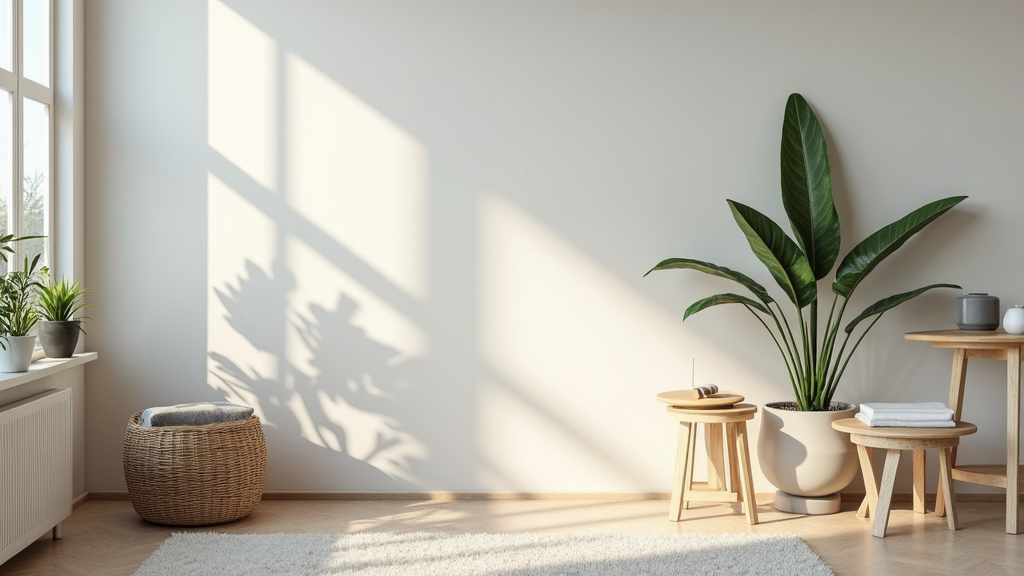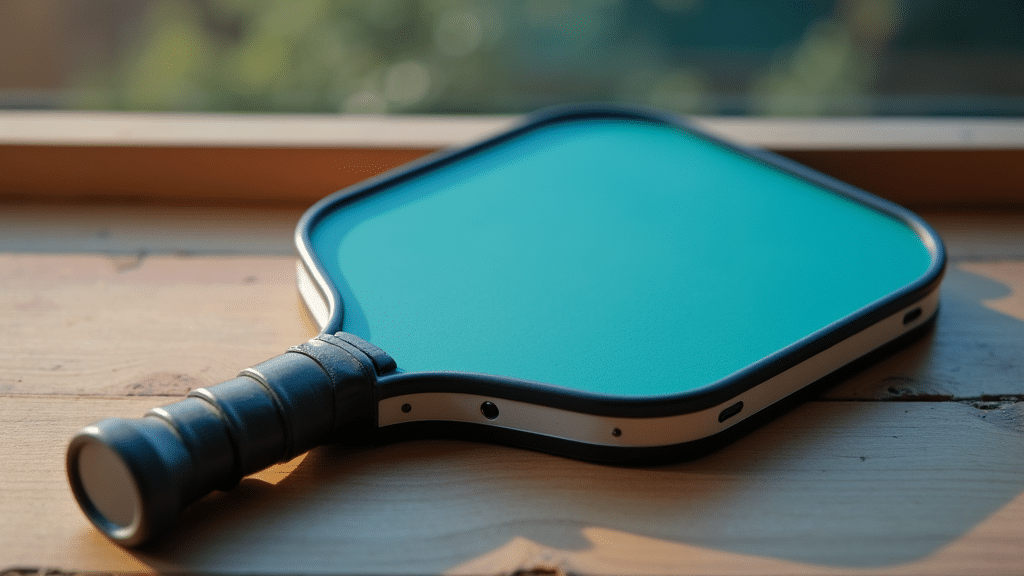Table of Contents
- Introduction
- Understanding the Basics of Pickleball Nets
- Detailed Guide
- Pickleball Net Rules
- Conclusion
Introduction

Overview and Importance
Pickleball, a sport rapidly gaining popularity, demands precision and adherence to specific regulations to ensure fair and enjoyable gameplay. One of the most critical aspects of setting up a pickleball court is ensuring the net is at the correct height. Officially, a pickleball net should measure 36 inches (91.44 centimeters) high at the sidelines and 34 inches (86.36 centimeters) high at the center. This seemingly small detail plays a pivotal role in maintaining the integrity of the game.
Maintaining the correct net height is not merely a suggestion; it’s a requirement for fair play. The net’s height directly influences the trajectory of the ball, dictating the types of shots that can be executed effectively. When the net height deviates from the official specifications, it can significantly alter the game’s dynamics. For instance, a net that is too high might unfairly penalize low shots, while a net that is too low could make it easier to execute offensive plays, regardless of skill level.
Incorrect net heights can undermine established strategies and shot selection, leading to an uneven playing field. Whether you’re a casual player or a competitive athlete, understanding and adhering to the official net height regulations is essential for preserving the game’s integrity. It’s also important to remember that the standard pickleball net size is 22 feet wide, perfectly spanning the width of the court.
Background
The origins of pickleball net height can be traced back to 1965 when Joel Pritchard, one of the inventors of the game, sought a net height that was practical and suitable for the hybrid sport he was developing. The initial concept was based on a “waist-high” standard, which eventually evolved into the specific measurements we use today.
Pickleball itself emerged as a modified version of badminton, incorporating elements from tennis and table tennis. This unique blend of sports explains some of the differences in net height when compared to tennis, where the net is generally higher. The lower net height in pickleball encourages dinking and strategic net play, which are integral parts of the game’s charm.
In recent years, there have been several advancements in pickleball equipment, including the development of portable net systems that are easy to set up and take down. Additionally, net height adjusters have been introduced, allowing players to modify tennis nets for pickleball use. These innovations reflect the growing popularity of pickleball and the increasing demand for versatile and adaptable equipment.
What You’ll Learn
In the following sections, we will delve deeper into the intricacies of pickleball net height and its impact on the game. You will gain a solid understanding of the core concepts, including the official pickleball net dimensions and height regulations. This knowledge is crucial for anyone looking to play pickleball seriously or set up a court correctly.
We will also cover practical applications, providing step-by-step instructions on how to set up a pickleball net properly, adjust a tennis net for pickleball, and troubleshoot common issues that may arise during setup. These hands-on tips will equip you with the skills needed to ensure your net is always at the correct height.
Finally, we will explore the strategic implications of net height, demonstrating how it affects gameplay and influences shot selection. By understanding these nuances, you will be able to adapt your strategy and improve your performance on the court. Whether you’re a beginner or an experienced player, this comprehensive guide will enhance your understanding of pickleball and help you elevate your game.
Understanding the Basics of Pickleball Nets
Fundamental Concepts
Before diving into the specifics of choosing the perfect pickleball net, it’s essential to grasp the fundamental concepts that govern its construction and use. A properly configured net is crucial for fair play and an enjoyable pickleball experience. Let’s break down some key definitions.
- Net Height:The official height of the pickleball net is 36 inches at the sidelines (posts) and 34 inches at the center. This slight difference in height is maintained by the center strap.
- Net Width:The net must span the entire width of the pickleball court, extending from sideline to sideline. The total width is 22 feet.
- Center Strap:This crucial component is positioned at the midpoint of the net and is adjustable to ensure the net maintains the proper 34-inch height in the center.
- Sidelines:The outer boundaries of the court, also defining the points where the net posts are positioned.
The core principle to remember is that the net should always be 36 inches at the posts and 34 inches at the center. This ensures a consistent playing field and prevents unfair advantages. Maintaining proper net tension is equally important. A saggy net can lead to questionable calls and detract from the overall quality of the game.
Proper net tension and height are not just about adhering to the rules; they are about fostering a level playing field where skill and strategy, not equipment malfunctions, determine the outcome. Regularly checking and adjusting your net is a sign of good sportsmanship and ensures that every game is played fairly.
Essential Components
A pickleball net setup comprises several essential components, each playing a vital role in the overall functionality. Understanding these components and their features is key to making an informed decision when purchasing or setting up a net.
- Net:The primary barrier across the court, typically made of nylon or polyethylene.
- Net Posts:These provide the support for the net, holding it at the correct height on the sidelines.
- Center Strap:As mentioned earlier, this strap is crucial for maintaining the correct net height at the center.
- Measuring Tape:Essential for accurately setting the net height during setup.
When considering a pickleball net, there are several key features to evaluate.
Primary Aspects:
- Net Material (Durability):Look for nets made from high-quality, weather-resistant materials like nylon or polyethylene. The thicker the material, the more durable the net will be.
- Post Stability:The posts should be sturdy and stable, capable of withstanding accidental impacts and maintaining the net’s tension.
- Ease of Assembly:A user-friendly design with clear instructions is crucial, especially for portable nets that require frequent setup and takedown.
Secondary Aspects:
- Portability:If you plan to move the net frequently, consider a lightweight and easily transportable option, often including a carrying bag.
- Weather Resistance:For outdoor use, the net and posts should be resistant to rust, UV damage, and other weather-related wear and tear.
- Storage Options:Consider how easily the net can be stored when not in use, especially for portable models.
There are several variations of pickleball nets available to suit different needs.
- Portable Nets:These are designed for easy setup and takedown, making them ideal for recreational play and temporary courts.
- Permanent Nets:These are anchored into the ground, providing a more stable and durable option for dedicated pickleball courts.
- Indoor vs. Outdoor Nets:Indoor nets may prioritize portability and ease of setup, while outdoor nets prioritize weather resistance and durability.
Finally, it’s important to note that the top of the net should have a 2-inch wide edge made of white tape binding, over a cord or cable. This provides a clear visual boundary and adds to the net’s durability.
Detailed Guide

Preparation
Before you begin setting up your pickleball net, proper preparation is key to ensuring a smooth and accurate installation. This involves gathering the necessary materials and understanding the initial setup process.
- Required materials: Make sure you have a pickleball net, measuring tape, and an adjustable wrench if your net requires it for tension adjustments.
- Initial setup: Unpack the net and posts carefully. Identify the center strap, as this is crucial for achieving the correct net height.
- Important considerations: Ensure the court surface is as level as possible. Check the net and posts for any damage that could affect stability or performance. Addressing these issues beforehand will save time and frustration later.
Step-by-Step Process
Setting up a pickleball net might seem daunting, but by following these clear instructions, you’ll have a regulation net ready for play in no time.
Best practices: Always use a measuring tape to ensure accurate height measurements. Eyeballing it can lead to inconsistencies that affect gameplay.
Common mistakes to avoid: Over-tightening the center strap can cause the sidelines to be too low. Also, neglecting to check the sideline height after adjusting the center strap is a frequent error.
Adjusting a Tennis Net for Pickleball
If you have a tennis net and want to use it for pickleball, some adjustments are necessary to meet the sport’s specific height requirements. Here’s how to adapt a tennis net for pickleball:
- Required materials: You’ll need a tennis net, a measuring tape, and either a net converter (such as Convert-a-net) or an adjustable center strap.
Step-by-Step Instructions:
DIY Adjustment for Casual Play: For casual play, simply lower the center strap of a tennis net to approximately 34 inches. This will generally achieve a 36-inch height at the edges, making it suitable for informal games.
Common mistakes to avoid: Setting the center strap too low can make the net unplayable. As always, neglecting to check the sideline height is a common oversight.
Advanced Techniques
For those seeking to achieve professional-level precision and maintain their pickleball net in optimal condition, these advanced techniques are invaluable.
- Expert tips: Use a laser level for the most precise height measurements. This ensures that the net is perfectly aligned and meets regulation standards.
- Optimization methods: Regularly check and adjust net tension to maintain a consistent height. Fluctuations in temperature and humidity can affect net tension, so periodic adjustments are necessary.
Troubleshooting:
- Sagging net: Tighten the center strap or tension adjusters to restore the net’s tautness and proper height.
- Uneven height: Ensure the court surface is level. If it isn’t, adjust the post height accordingly to compensate for any unevenness.
- Net is too short: If your net consistently falls short of the required length, consider using a net extender or investing in a new net that meets regulation specifications.
Pickleball Net Rules
Net Play During Rallies
In pickleball, the net plays a crucial role in defining the boundaries of play and dictating what’s permissible during a rally. Understanding the rules surrounding net play is essential for fair and competitive matches.
Hitting the net with the ball is allowed, adding a layer of strategy to your shots. As long as the ball contacts the net and still lands within the correct area on your opponent’s side of the court, the rally continues. However, if the ball hits the net and fails to land in the designated area, it results in a dead ball, and your team commits a fault.
The net also has an imaginary extension, referred to as the ‘plane of the net’. This plane extends vertically beyond the physical net. Players need to be aware of this during play. You cannot cross this plane and contact the ball before hitting it, or it will result in a fault.
Furthermore, players are prohibited from touching the net, net posts, or even the opponent’s court during a live rally. Any contact with these elements while the ball is in play results in a fault.
Net Interference
Sometimes, the unexpected happens, and the ball can get caught in the net in unusual ways. Knowing how to handle these situations is important.
If the pickleball gets lodged between the net and any horizontal bar or the center base (if your net system has one) during a rally, the rule dictates that a replay will occur. This means the point is replayed, and neither team gains an advantage.
However, a slightly different rule applies during the serve. If the serve results in the ball getting caught in the net in the same manner, it’s considered a fault. The serving team loses the serve, and the receiving team gains an advantage.
Conclusion

Recap of Key Points
Throughout this guide, we’ve emphasized the importance of adhering to official pickleball net height regulations. Remember, the standard pickleball net height is 36 inches at the sidelines and 34 inches at the center. This specific measurement is not arbitrary; it’s designed to ensure fair and consistent gameplay for all participants.
Maintaining the correct net height isn’t just about following the rules; it’s crucial for preserving the integrity of the game. An improperly sized net can significantly alter ball trajectory, favoring certain players or strategies and ultimately detracting from the overall experience. Accurate gameplay relies on consistent equipment standards, and the net height is a fundamental aspect of that.
For those adapting tennis courts for pickleball, we discussed the possibility of using net converters or adjusting the center strap to achieve the required height. These methods provide practical solutions for making existing infrastructure compatible with pickleball regulations, allowing more players to enjoy the sport in various locations.
Final Thoughts
By following this guide, you’re now equipped with the knowledge to ensure that your pickleball net is set up correctly. This attention to detail not only enhances your own gameplay but also contributes to a fair and enjoyable experience for everyone involved. Whether you’re a casual player, a seasoned competitor, or responsible for maintaining a pickleball court, understanding and implementing these guidelines is essential.
Before you head out to the court, it’s always a good idea to check local guidelines and regulations. While the official standards provide a universal framework, specific facilities or organizations may have additional requirements or recommendations. Staying informed ensures compliance and promotes fair play within your community. With a properly set-up net, you can focus on what truly matters: enjoying the game of pickleball!



